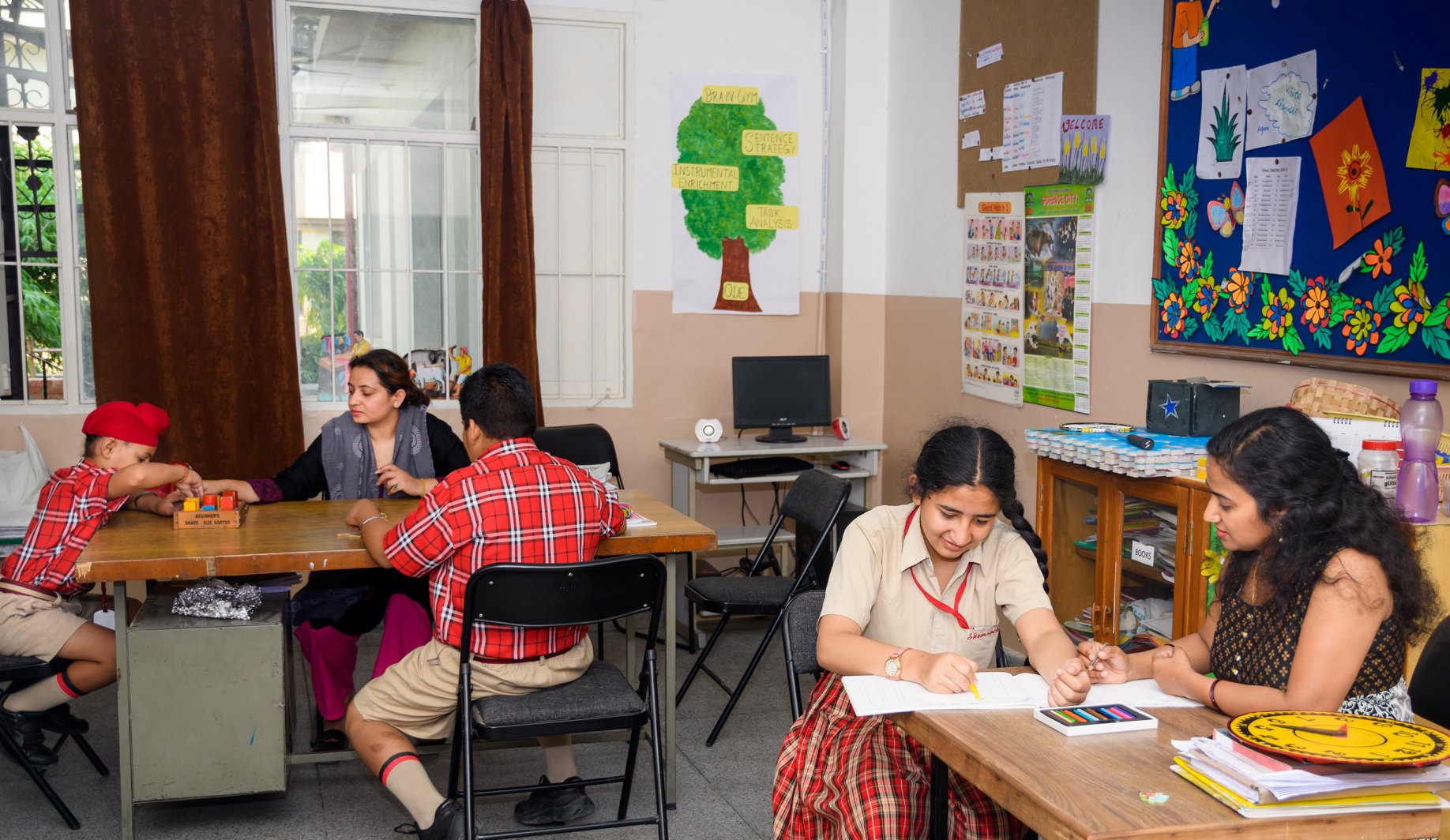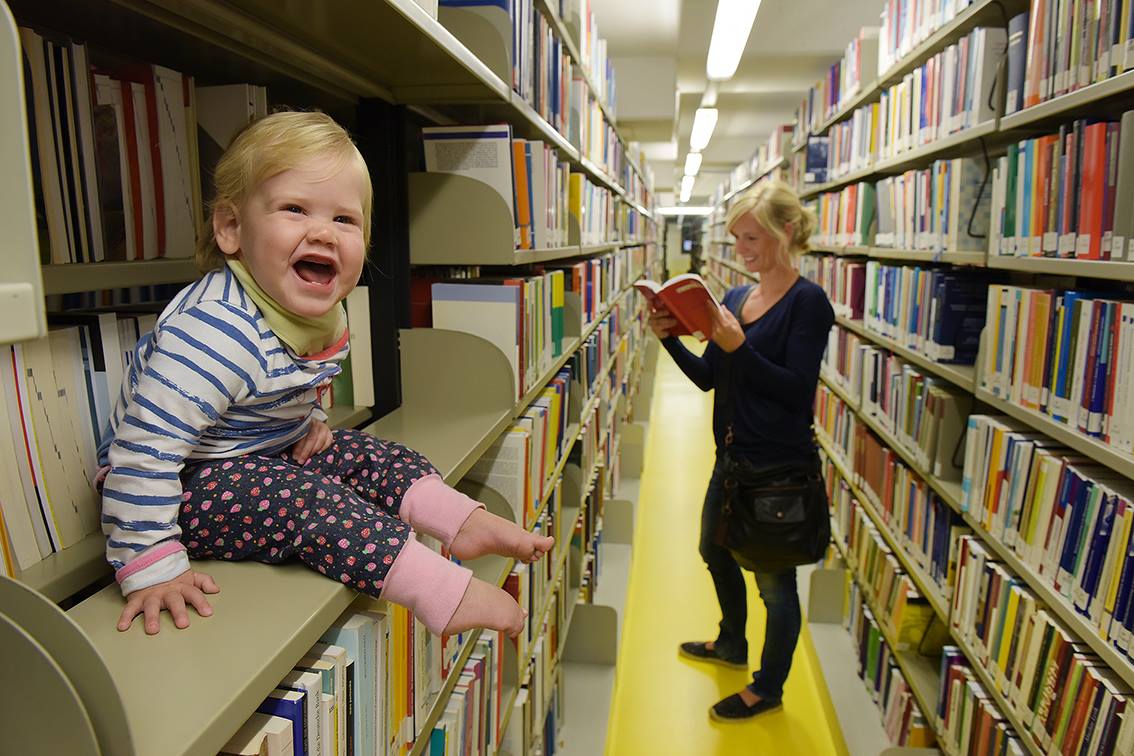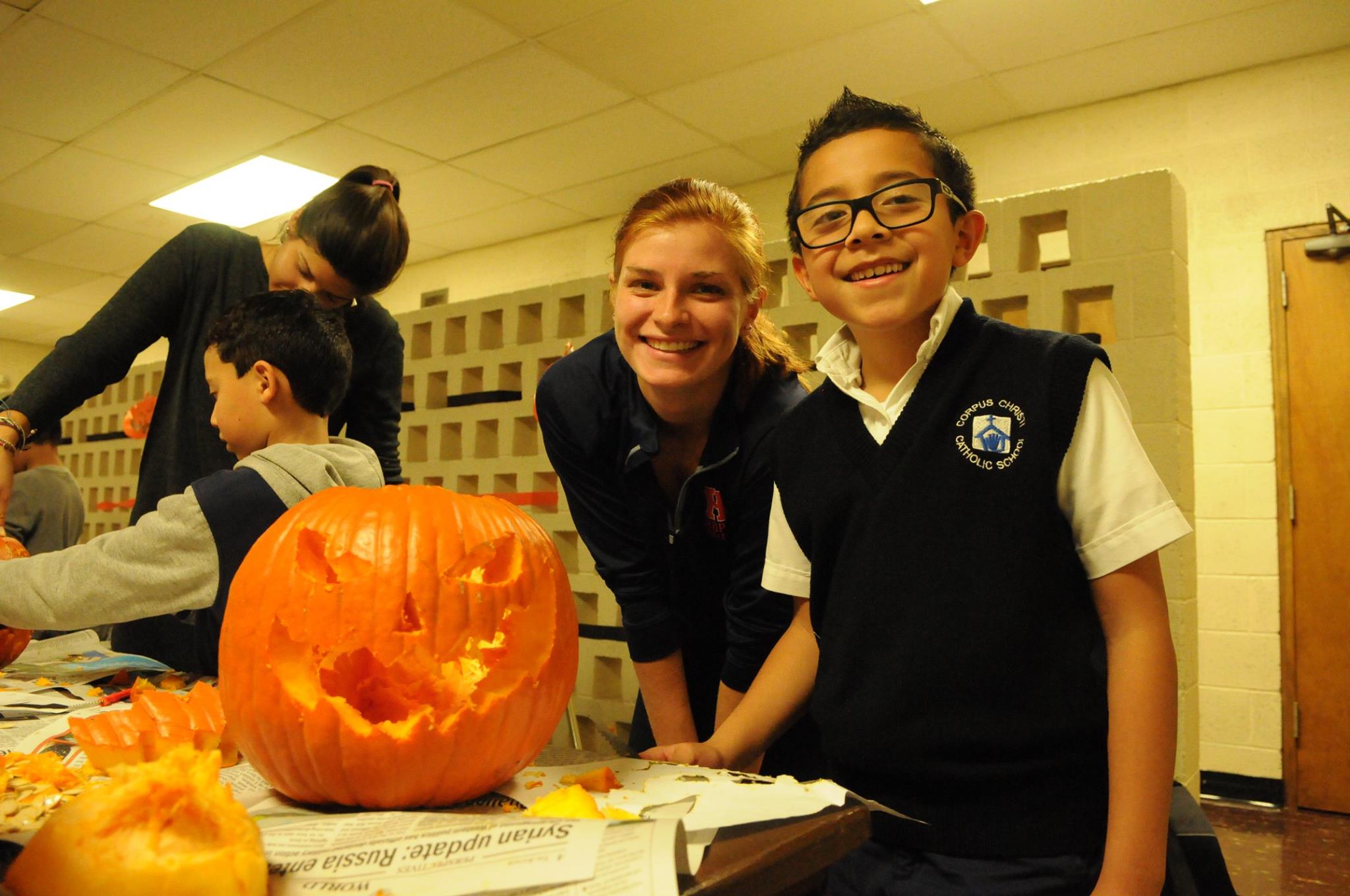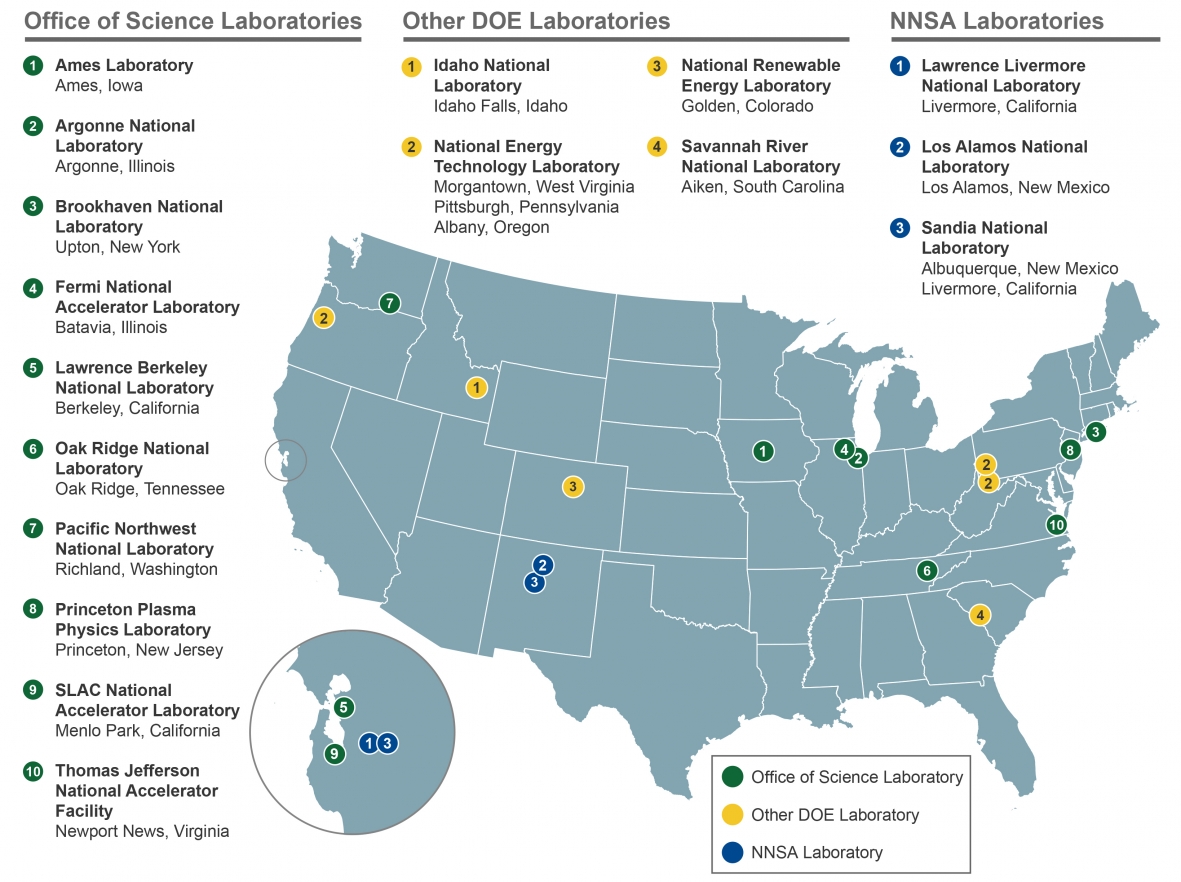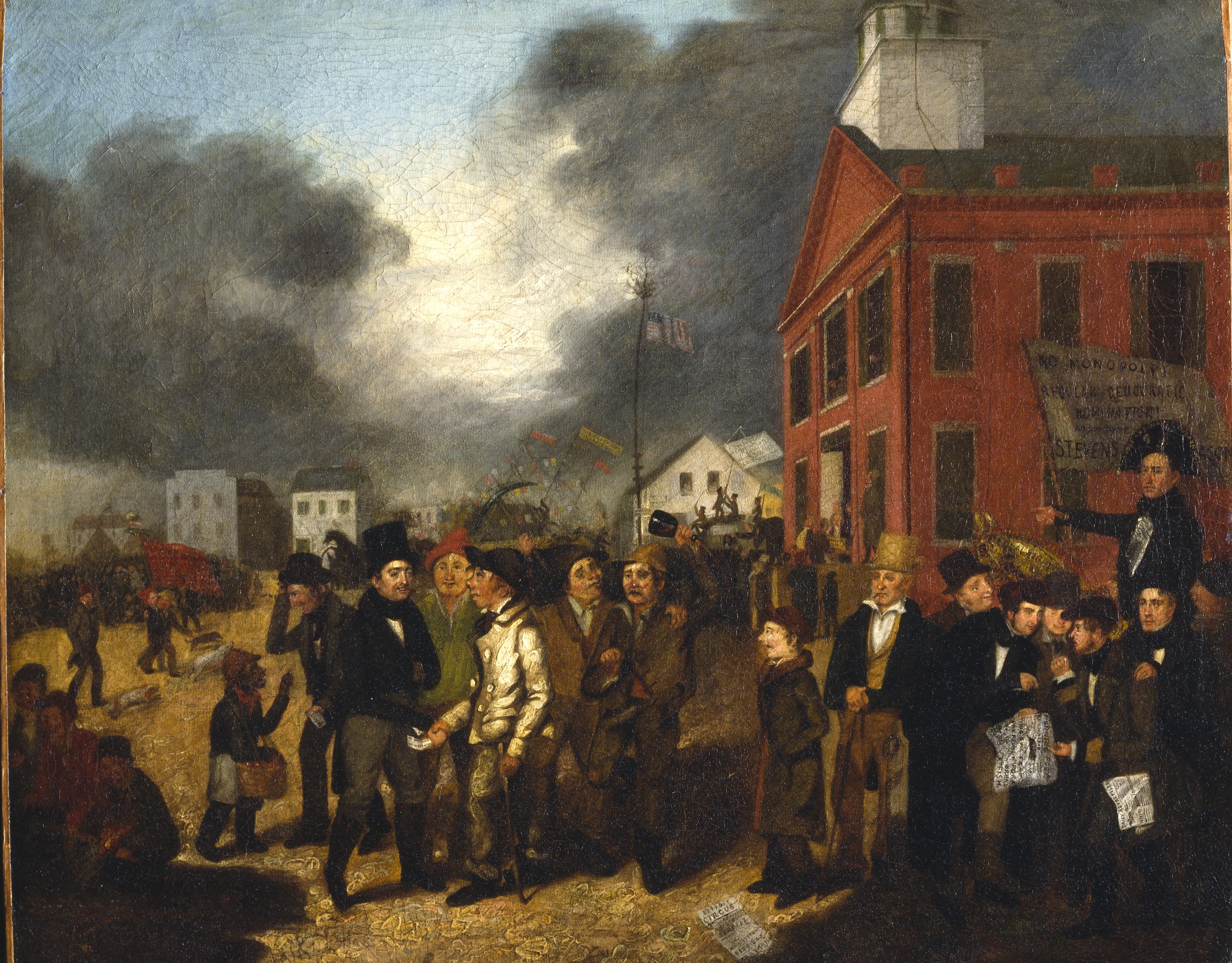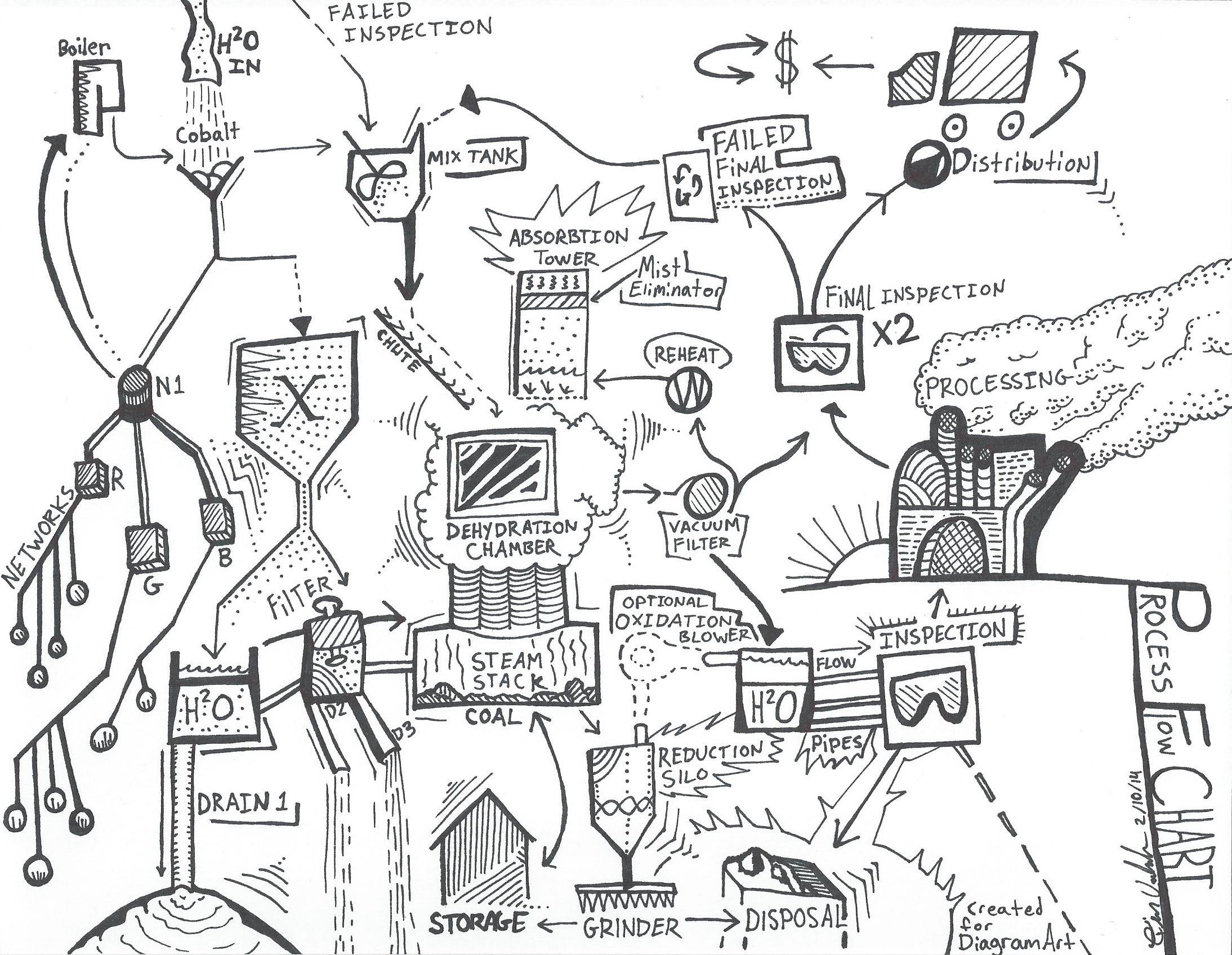Public Procurement
- Home Page 368

Autumn Syllabus Week 46 | November 10 – 16
Monday | November 10 | Colloquium 16:00 UTC
Tuesday | November 11 | Colloquium 16:00 UTC
Wednesday | November 12 | Colloquium 16:00 UTC
Thursday | November 13 | Colloquium 16:00 UTC
Friday | November 14 | Colloquium 16:00 UTC
Saturday | November 15
Sunday | November 16
Autumn Syllabus Week 42 | October 13 – 19
Fall vibes. >> 🍁 pic.twitter.com/YTTotVTcQm
— WVU Mountaineers · Let's Go! (@WestVirginiaU) October 19, 2022
Monday | October 13 | Colloquium 15:00 UTC
Tuesday | October 14 | Colloquium 15:00 UTC
Wednesday | October 15 | Colloquium 15:00 UTC
Thursday | October 17 | Colloquium 15:00 UTC
Friday | October 18 | Colloquium 15:00 UTC
Saturday | October 19
Sunday | October 20
Herbstlehrplan Woche 43 | 23.-29. Oktober
Montag | 23. Oktober | Kolloquium 15:00 UTC
Dienstag | 24. Oktober | Kolloquium 15:00 UTC
Mittwoch | 25. Oktober | Kolloquium 15:00 UTC
Donnerstag | 26. Oktober | Kolloquium 15:00 UTC
Freitag | 27. Oktober | Kolloquium 15:00 UTC
Samstag | 28. Oktober
Sonntag | 29. Oktober
Calls & Letters
This content is accessible to paid subscribers. To view it please enter your password below or send mike@standardsmichigan.com a request for subscription details.
CFR Title 41: PART 102-76—DESIGN AND CONSTRUCTION
The construction industry is one of the largest employers in any community and, as such, a significant generator of employment. The so-called “multiplier effect” cited by economists means that when you add one person working in the construction industry you create two additional jobs in other sectors.
The construction industry is also one of the most heavily regulated; heavy regulation being a characteristic of many solid, but slow-growth economic sectors.
As public assets, education facilities are much like federal facilities — both expected to have a long life-cycles — reflected in the guidance in the in the link below. In privately developed best practice literature authored by ANSI-accredited standards developers you will find federal regulations heavily referenced; but not the other way around.
Code of Federal Regulations Title 41: PART 102-76—DESIGN AND CONSTRUCTION
We track action in federal design and construction regulations because federal regulatory bodies are relatively well staffed. Some within those groups may say otherwise but that is another discussion. Federal regulators know know what other federal agencies are doing — such as the Occupational Safety & Health Administration and the Department of Energy — and they seem to keep pace with private, non-profit standards developers. Also: many colleges and universities enjoy the “halo effect” of having a National Laboratory or a Presidential Library * present within or near the footprint of their campus. With the halo comes the obligation to maintain separate staffing of finance and facility management professionals.
By statue (National Technology Transfer & Advancement Act) federal agencies defer to private standards setting organizations. The limit of our attention in this section of the Code of Federal Regulations ends here.
We maintain federal construction standards on the standing agenda of our Model Building Code and Federal teleconferences. See our CALENDAR for the next online meeting; open to everyone.
* The University of Michigan, Harvard University, the University of Arkansas, and three other Texas universities — University of Texas at Austin, Texas A&M and Southern Methodist University — are locations of presidential libraries governed by the provisions of this section of the Code of Federal Regulations
5.18
STILLE-DEROSSETT-HALE SINGLE STATE CONSTRUCTION CODE
AN ACT to create a construction code commission and prescribe its functions; to authorize the director to promulgate rules with recommendations from each affected board relating to the construction, alteration, demolition, occupancy, and use of buildings and structures; to prescribe energy conservation standards for the construction of certain buildings; to provide for statewide approval of premanufactured units; to provide for the testing of new devices, materials, and techniques for the construction of buildings and structures; to define the classes of buildings and structures affected by the act; to provide for administration and enforcement of the act; to create a state construction code fund; to prohibit certain conduct; to establish penalties, remedies, and sanctions for violations of the act; to repeal acts and parts of acts; and to provide an appropriation.
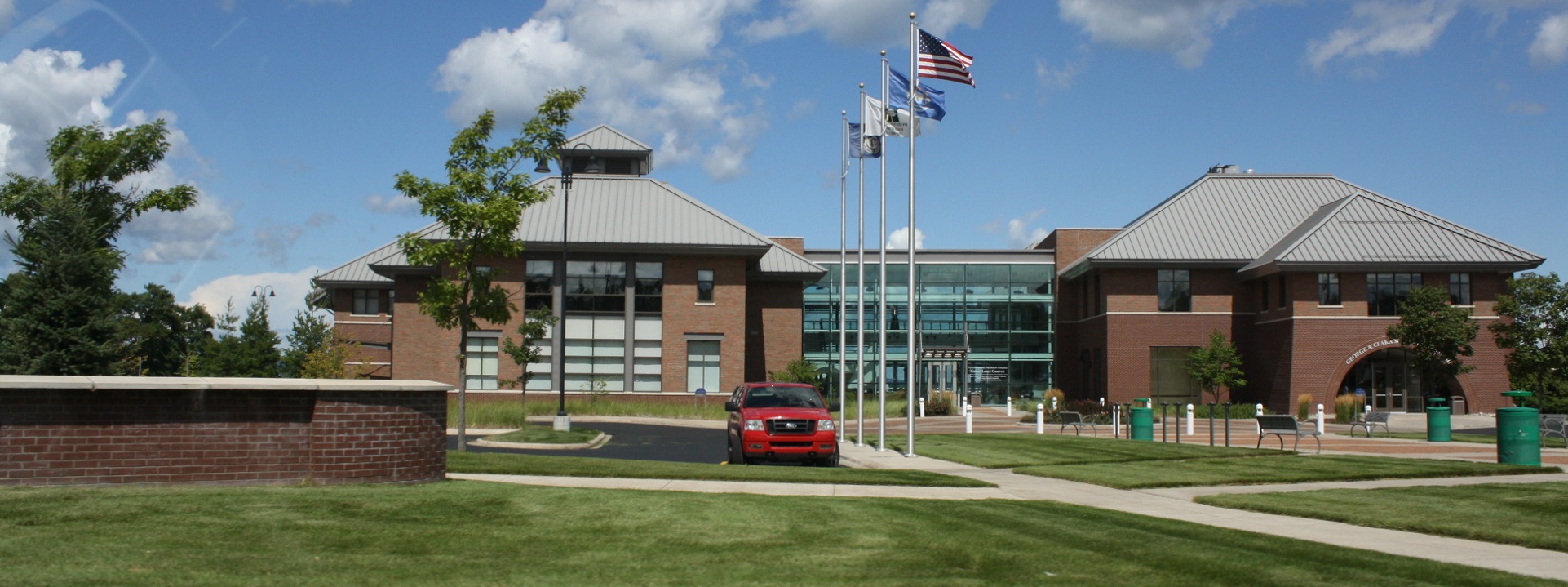


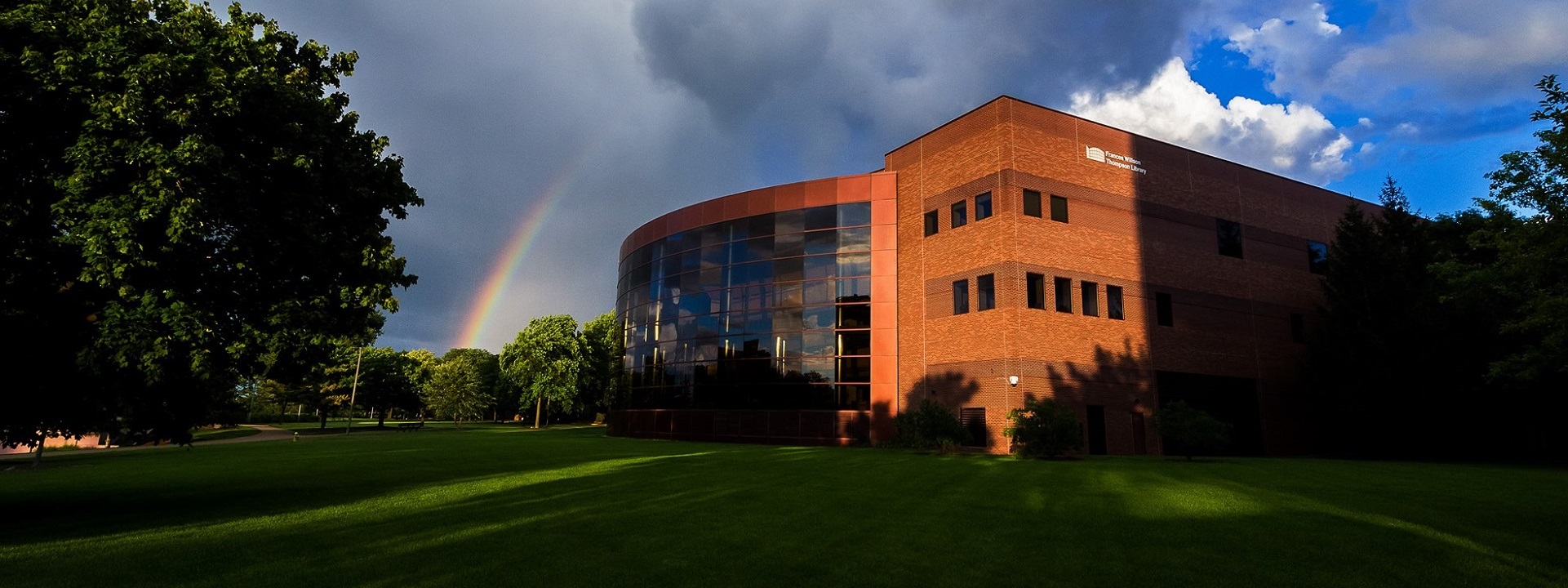

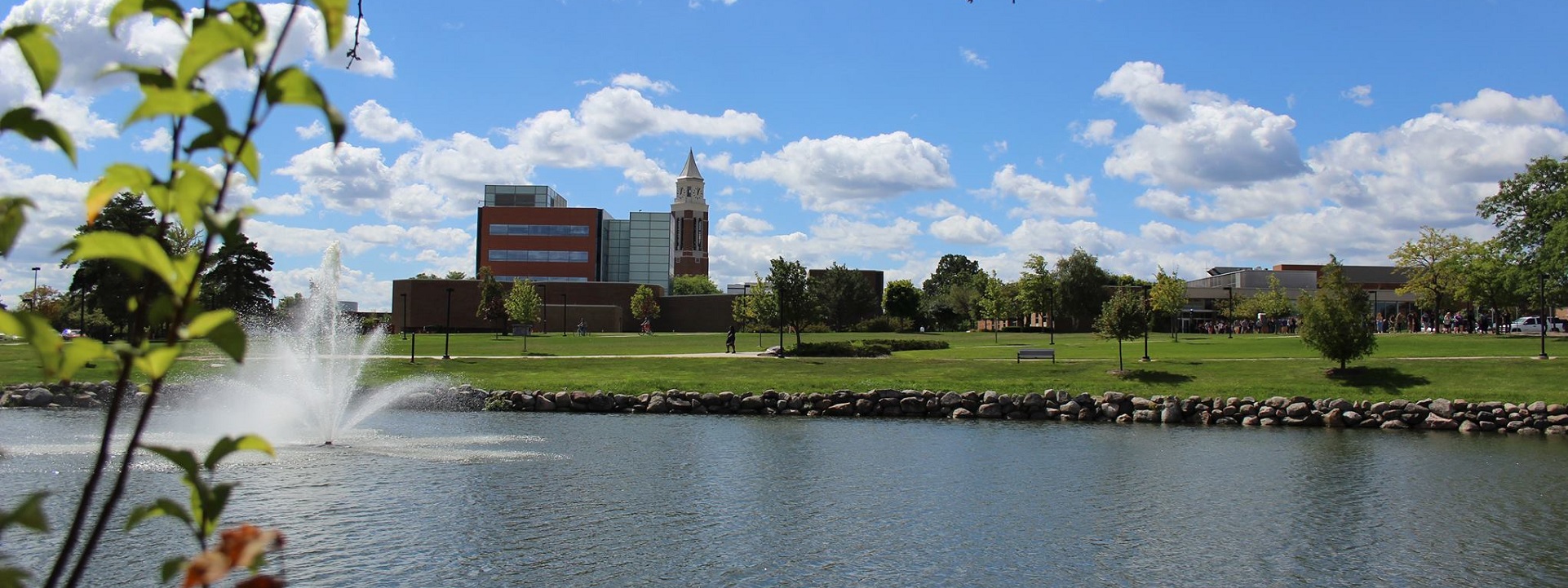
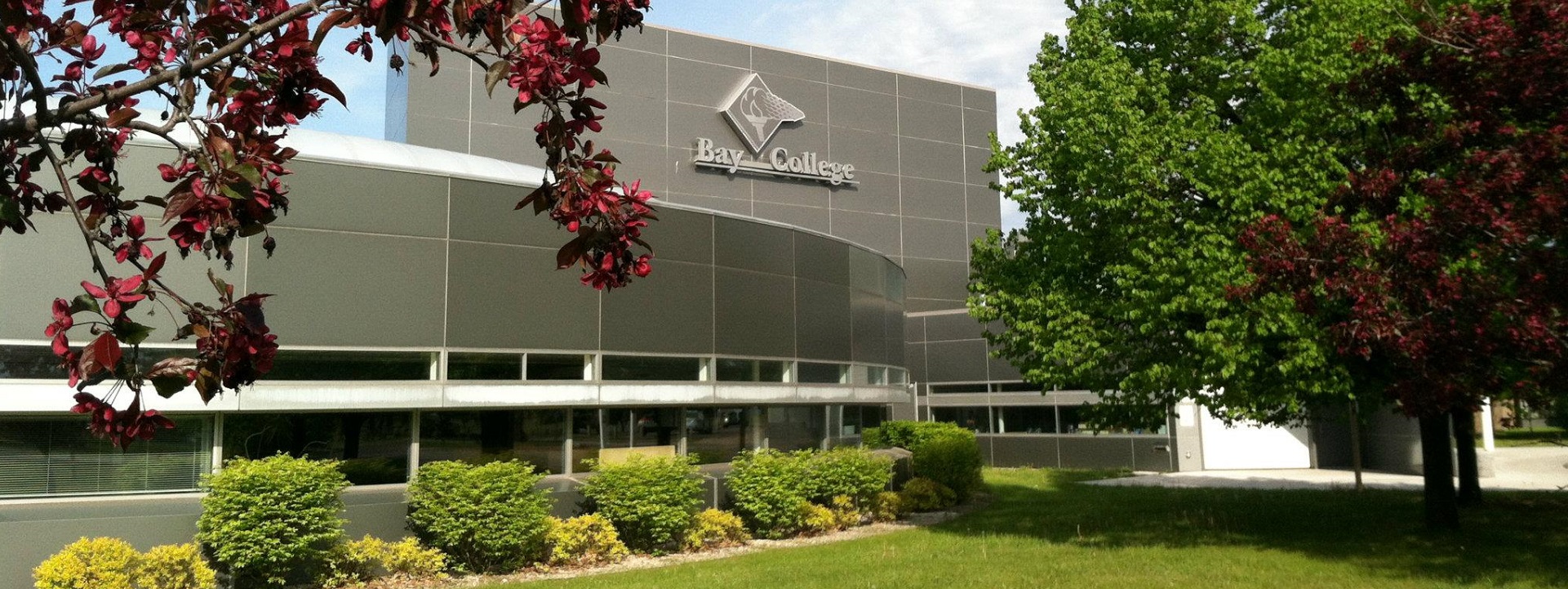
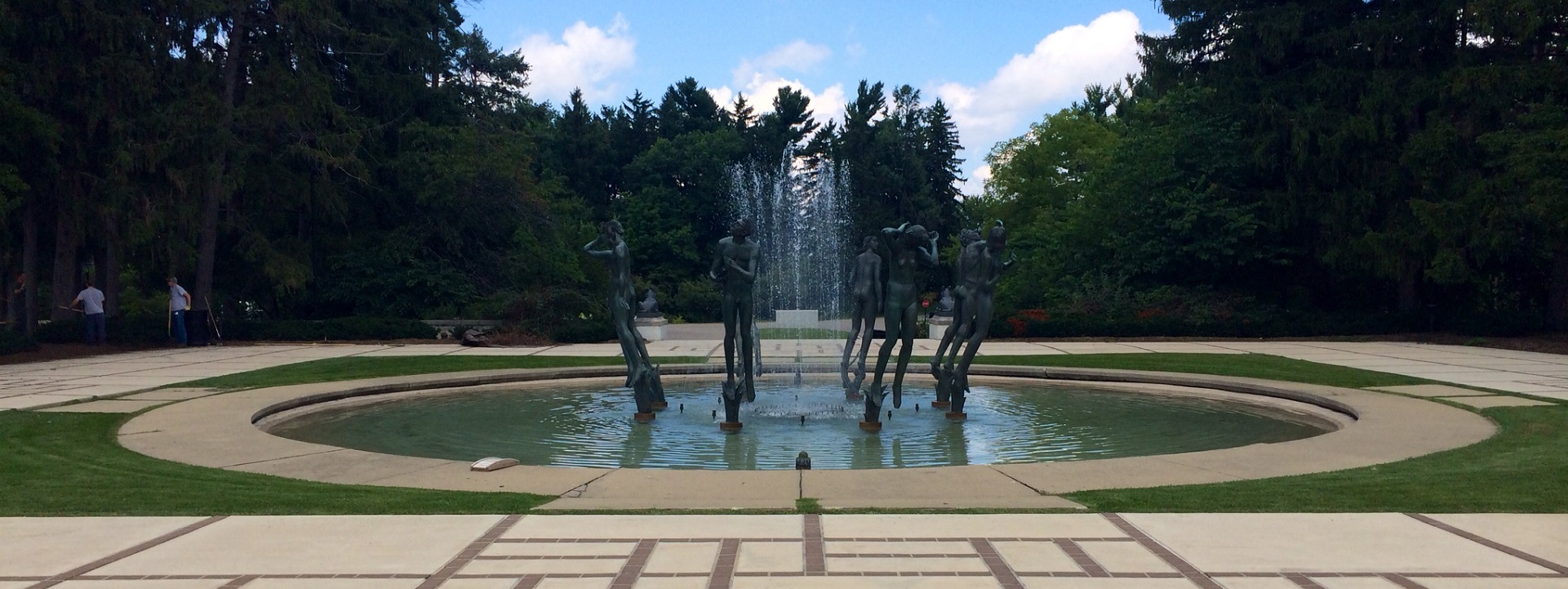
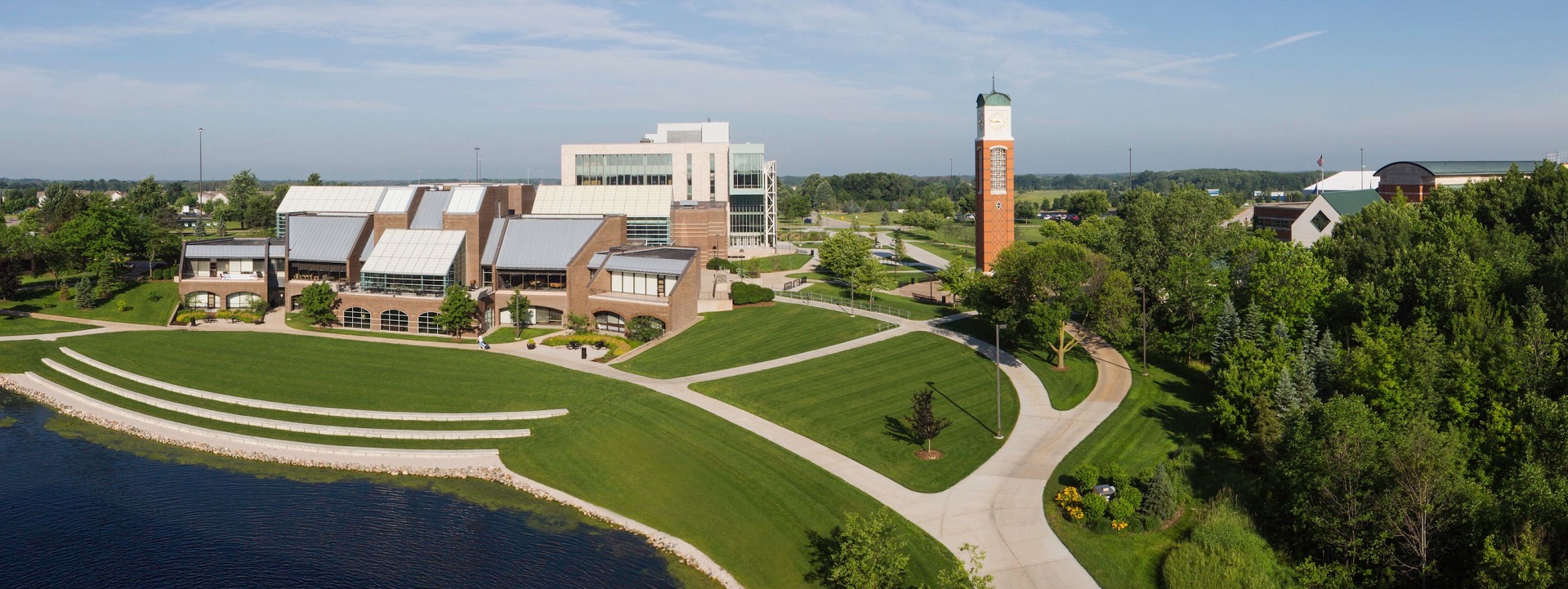
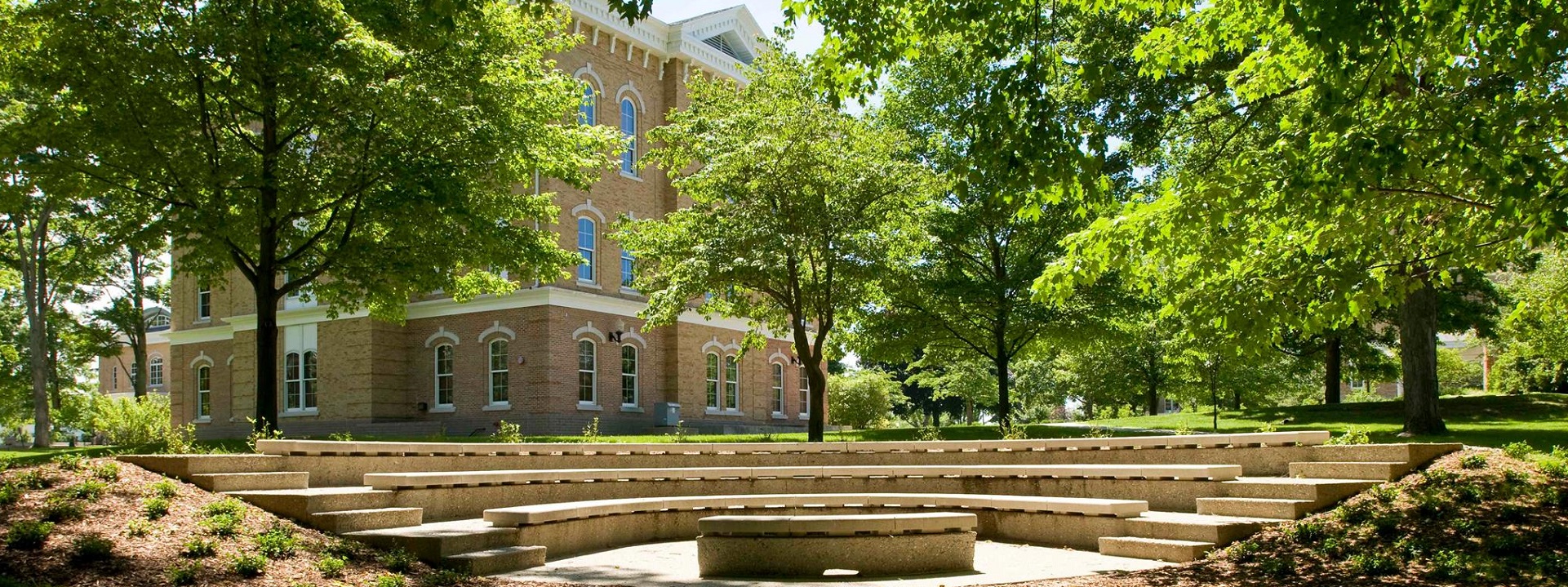
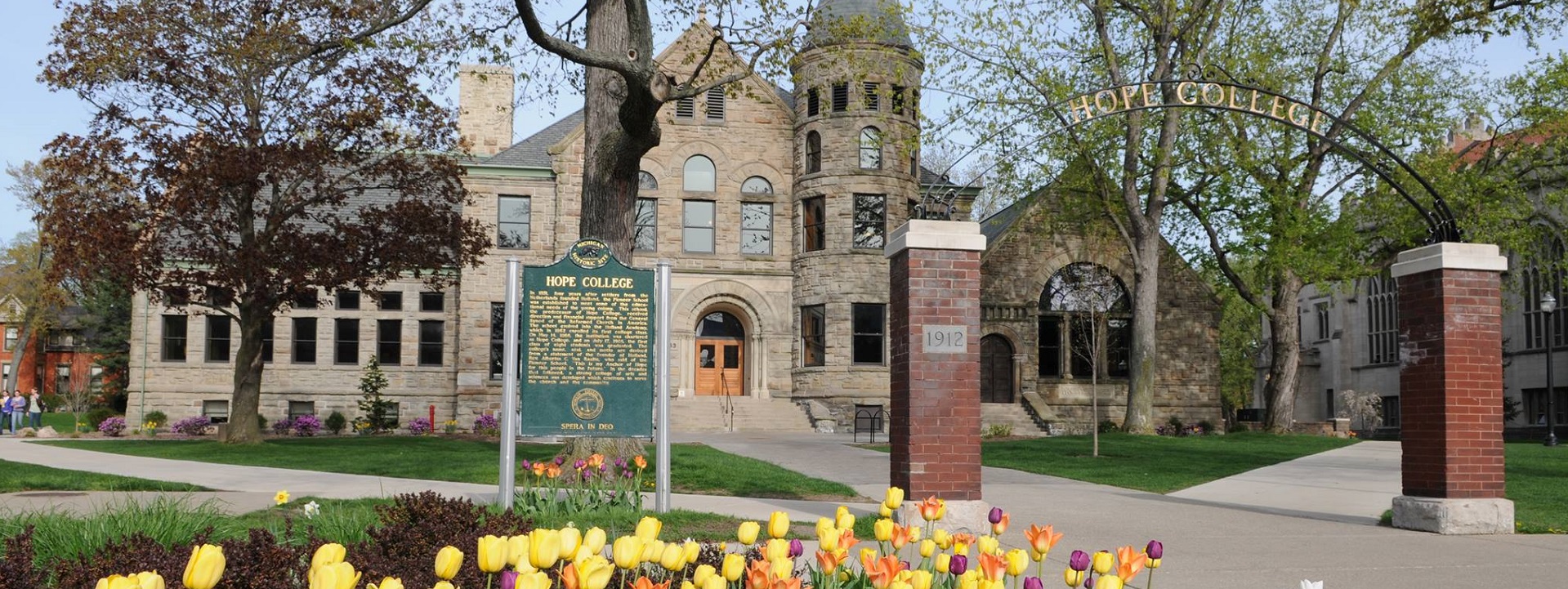
State of Michigan Department of Licensing & Regulatory Affairs News Releases
Autumn Syllabus Week 44 | October 27 – November 2
Tradition in a Time of Upheaval | Mary Harrington and Melanie Phillips
Szegedi Tudományegyetem
Monday | October 27 | Colloquium 15:00 UTC
Tuesday | October 28 | Colloquium 15:00 UTC
Wednesday | October 29 | Colloquium 15:00 UTC
Thursday | October 30 | Colloquium 15:00 UTC
Friday | October 31 | Colloquium 15:00 UTC
Saturday | November 1
Sunday | November 2
New update alert! The 2022 update to the Trademark Assignment Dataset is now available online. Find 1.29 million trademark assignments, involving 2.28 million unique trademark properties issued by the USPTO between March 1952 and January 2023: https://t.co/njrDAbSpwB pic.twitter.com/GkAXrHoQ9T
— USPTO (@uspto) July 13, 2023
Standards Michigan Group, LLC
2723 South State Street | Suite 150
Ann Arbor, MI 48104 USA
888-746-3670



